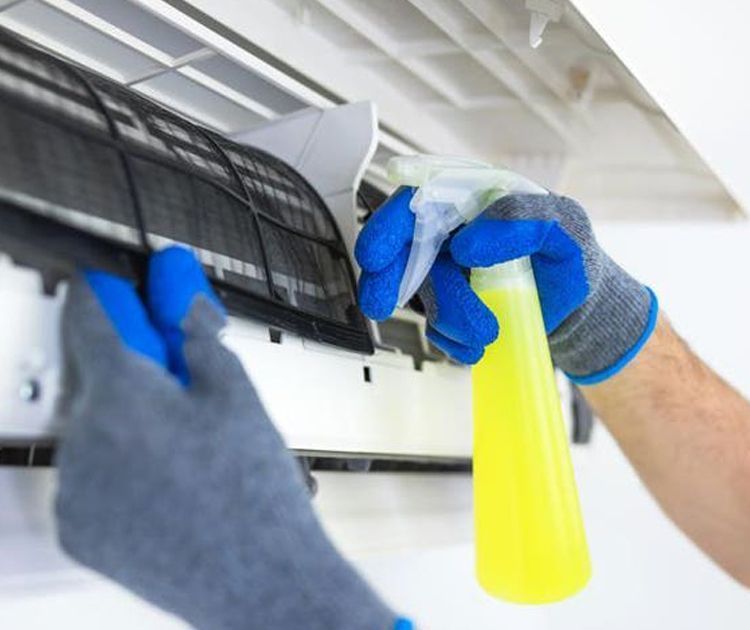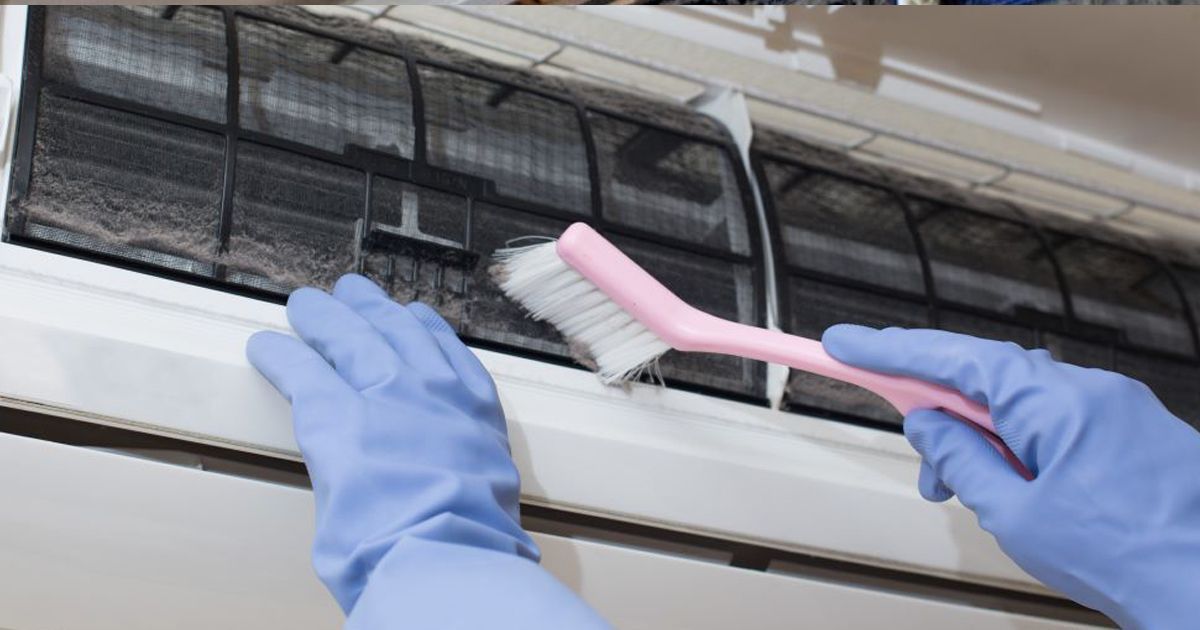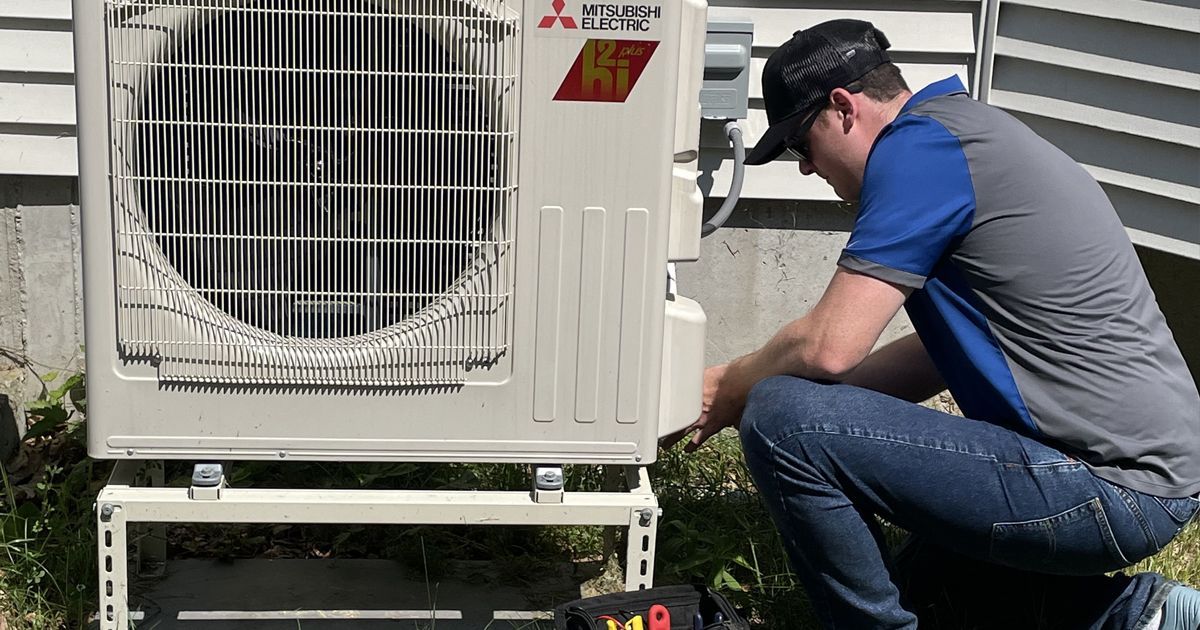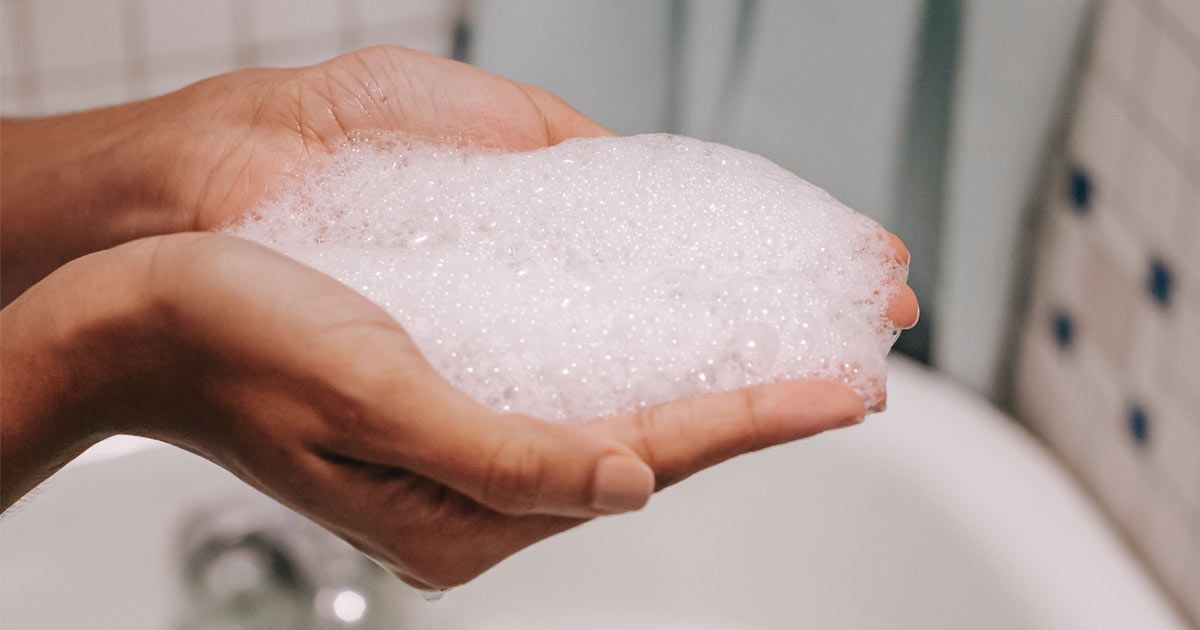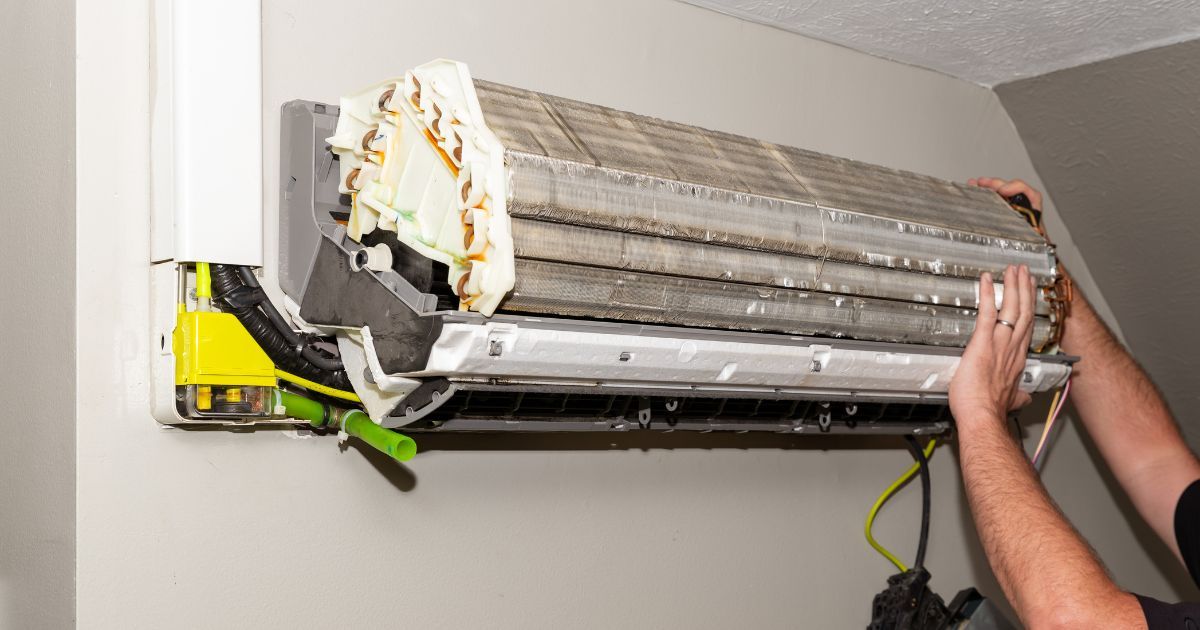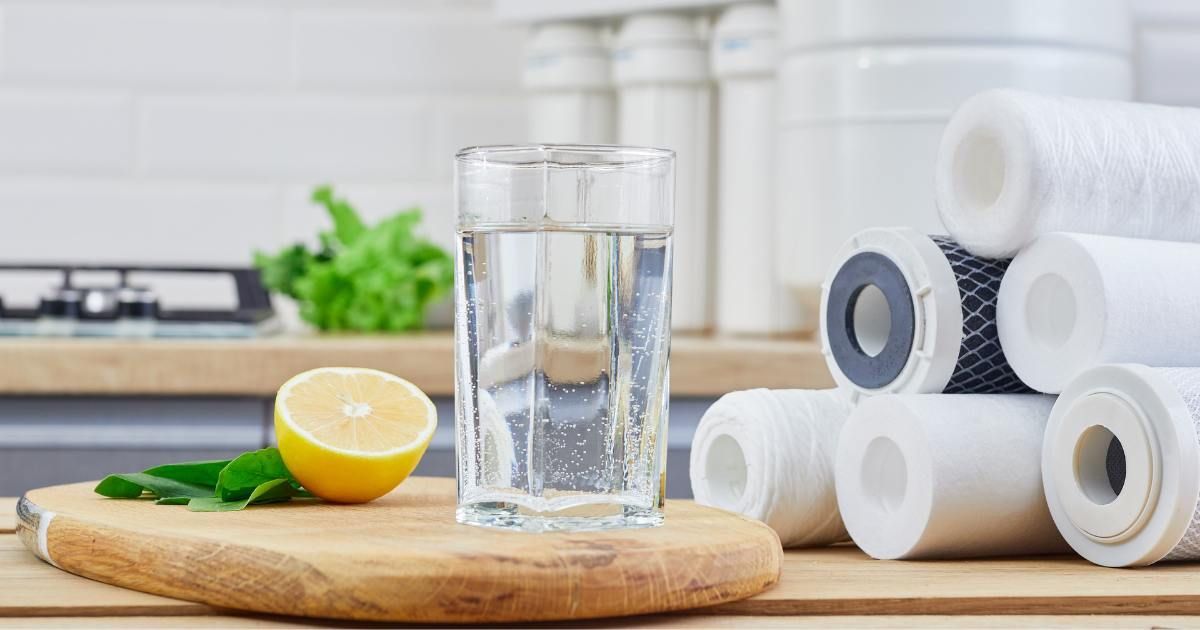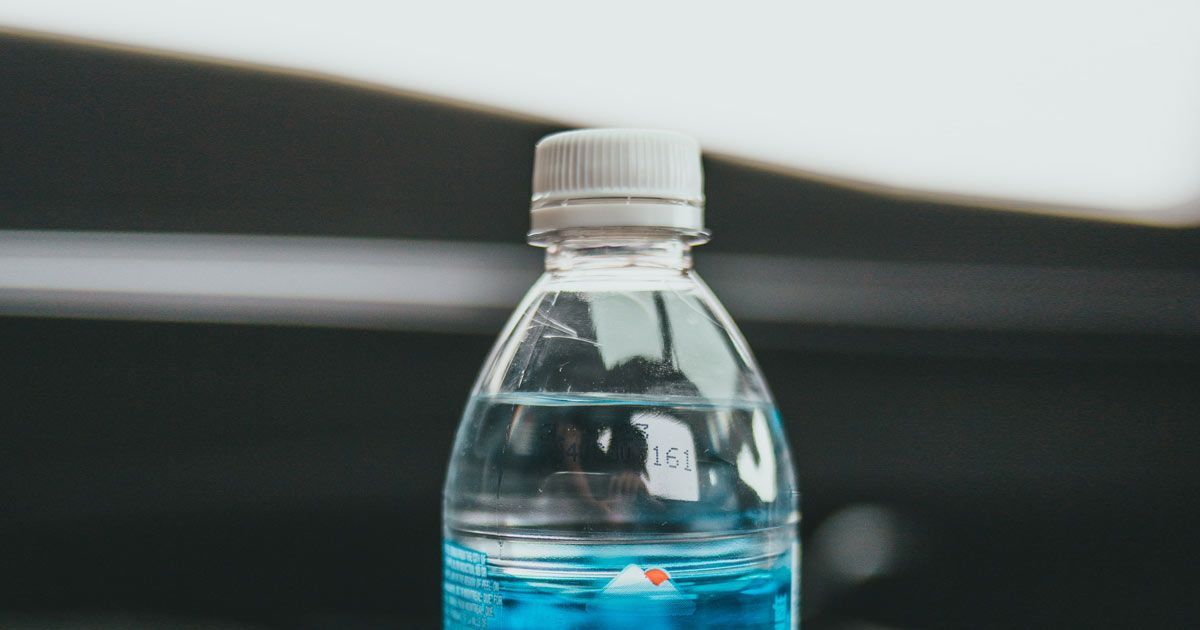Effects of Chlorine in Your Drinking Water
What are the effects of Chlorine in your drinking water?
If you ever find yourself worried about what's in your drinking water - you aren't alone. In a recent Gallup Poll, 63% of Americans find themself "worrying a great deal" about polluted drinking water.
The tragic water crisis in Flint, Michigan has brought a vital issue to the forefront of the American public: access to clean water supply. In the recent years and since Flint, many people in the United States are increasingly questioning what is in their water supply and how it affects their health and immune systems.
Although certain water contaminants make the news more often than others, it isn't always lead or leached chemicals from trash dumps, excess of minerals or bio-elements like bacteria or viruses that can make your drinking water potentially harmful. Oftentimes the culprits are the very drinking water disinfectant chemicals that the drinking water treatment plants in our municipalities add to our water - such as chlorine.
But what are the effects of Chlorine in our drinking water? Read this blog post to learn more about the consumption of chlorine over time when it's present in our local tap water samples.
Is Chlorine in drinking water dangerous?
Drinking water can come for a variety of sources which can be contaminated with a lot of unknown bacteria, viruses and chemicals. To prevent this contamination, water companies across the United States go through a process of drinking water disinfection and add chlorine or chloramine to kill any present germs. This is often done within a margin of safety following federal or state prescribed amounts. That said, although chlorine is widely used to disinfect water - it is not the end all be all when it comes to water purification and it is important to note that chlorine in itself is a known poison to the human body.
Although municipalities use "safe levels" of chlorine or chlorine dioxide as they are the most cost-effective option for large-scale water treatment used in drinking water distribution systems, it is helpful to keep in mind that chlorine treatment does not guarantee that drinking water contains zero harmful microorganisms. Some bacterial growth or microbial growth may develop resistance to this type of treatment and bacterial regrowth or the presence of remaining microbial communities can be found in drinking water samples even after disinfection.
If there is a lot of bacteria or viruses present in a drinking water supply, there is also a greater chance there will be a high chlorine residual moving through the drinking water distribution systems, with a possible residual disinfectant level showing up in our tap water samples.
One other thing to keep in mind is the effects of chlorinated water are the byproduct chemicals from the chlorination process such as haloacetic acids. Haloacetic acids are also linked to the gambit of long term health effects associated with risk of cancer.
If you have chlorine or chlorine residual in your local drinking water, proceed with caution. Researchers have linked long term consumption of drinking water or household use of tap water that is chlorinated to be linked to higher instances of many adverse health outcomes including risk of cancer types of cancers such as breast, colon and bladder cancer.
What are the effects?
The short term effects of chlorinated drinking water are harder to measure, as most current research points instead to the long term health effects observed.
However in the short term, the most obvious effect you will notice in drinking chlorinated tap water is the smell and taste of your water. The smell and taste of chlorine can be quite unpleasant and might lead to you drinking less water or turning to more sugary drinks or soda instead. On the other hand, it can also contribute to you and your family buying more plastic water bottles instead - which is not the best alternative either.
What you really want to pay attention to and be educated on are the studies correlating drinking water chlorination to long term health effects on our bodies and immune systems from consuming chlorinated tap water.
Potential health outcomes from drinking chlorinated water
Bladder, Rectal and Breast Cancer: One associated health effect is higher risk of cancer. Once in water, Chlorine interacts with an organic compound to create trihalomethanes (THMs) - which when ingested encourage the growth of free radicals which can damage or destroy vital cells in our body. Haloacetic acids and chlorine dioxide are also linked to cancer risk.
Since so much of the water we drink ends up in certain vital organs this is where we see the most damage and correlation to risk of cancer in studies that link it to consumption of chlorinated water.
Congenital Abnormalities: A Taiwanese study of nearly 400,000 women found that individuals who were exposed to trihalomethanes (THMs) in chlorinated water while pregnant were more likely to give birth to children with cleft palates, ventricular septal defects (holes in the heart), and lack of brain development.
Asthma Symptoms: If you experience respiratory problems, breathing in chlorine in the shower or being exposed to it can aggravate your symptoms, even if the chlorine levels in the water are below the recommended safe levels.
Food Allergies: Dichlorophenols found both in pesticides and chlorinated water is linked through a study showing that participants with the highest levels of dichlorophenols in their bodies were most likely to have the most food allergies. This could likely be occurring because of the adverse effects chlorinated drinking water has on our immune systems.
How to remove chlorine from drinking water
The best way to ensure high water quality and that you are drinking and using safe Chlorine free water, is using carbon in a water refiner, installing a whole-house filtration system or water filtration system.
A whole-house filtration system will make sure that this drinking water disinfectant agent is filtered out of every single point of water usage (including for bathing, cooking and for pets) for your family so you always can trust that you have fresh, clean, good tasting water that is chlorine free.
Conclusion
Even if your town water has a safe chlorine level, it is beneficial to know the risks associated with consuming any amount of chlorine residual and any drinking water disinfection methods so you are able to weigh those risks when faced with using chlorinated drinking water.
There is good news though and something simple you can do to protect your drinking water: install a water purification system in your home. There are no downsides to filtering your household water supply! When it comes to your drinking water and the water quality for your home, it is better to be chlorine-free and safe rather than sorry.
Avoid any potential long term health effects and install a water filtration system that will provide safe drinking water and works for all of your water usage needs. Contact Water Geeks today to learn more!

